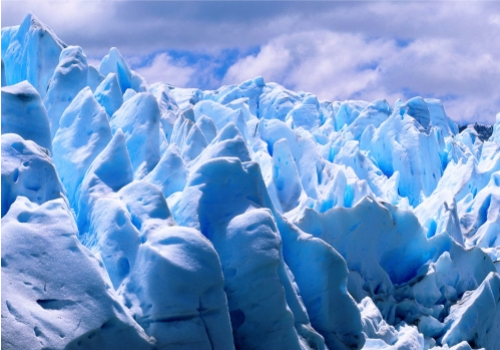Recently, 3D scanning and printing have created a new miracle – landscape reproduction and landscape migration. In a sense, 3D scanning and printing has begun to recreate the face of the earth. The ancient ruins are inevitable, and the distant scenery is difficult to reach. 3D scanning and printing can make up for our regret to a considerable extent. 3D scanning and printing work together to create a miracle: landscape reproduction and landscape migration 3D scanning and 3D printing are a pair of well-matched technical partners. 3D scanning is like collecting a three-dimensional data of an object without a visual dead angle, and 3D printing is able to accurately restore the data obtained by 3D scanning into a real object. In addition to the previous Xiaobian introduced to you to restore the appearance of the dead, repair the injured face, recently, these two technologies have joined hands to create a new miracle - landscape reproduction and landscape migration. To some extent, 3D scanning and printing has begun to recreate the face of the earth. Although people today pay more and more attention to cultural relics protection, due to the restrictions of their environment, some historical sites are inevitably eroded and unable to escape the threat of natural disasters, and thus disappear. In order to preserve and inherit the historical memory and cultural values ​​of these relics for a long time, people have to try to make copies for them. Traditional techniques are often unsatisfactory due to insufficient precision. 3D scanning and printing can revolutionize this situation. There are many Buddhist caves in southern Xinjiang, and the remaining murals and sculptures are extremely valuable art treasures for China and the world. However, the natural conditions of high temperature and drought and windy sand in southern Xinjiang are undoubtedly a great threat to these historical remains, slowly invading the color of the murals and the materials of the sculptures. In addition, geological disasters such as earthquakes are also potential killers of these relics. To this end, Chinese cultural relics workers introduced 3D scanning and 3D printing, and used emerging technology to act as defenders of ancient history. Kizil Grottoes is a well-preserved and large-scale grotto in southern Xinjiang. It is a treasure house of ancient Kucha culture and has the reputation of “China's second Dunhuangâ€. The grotto is currently plagued by problems such as rock mass fissures, rain erosion, and murals. To this end, Shanghai Digital Printing Technology Co., Ltd., a subsidiary of Shanghai Printing Group, and the Xinjiang Kuzi Research Institute jointly launched a protection project. Through scanning the caves and murals, graphic stitching, color contrast, model construction and 3D printing, decoration painting and other steps to achieve the reproduction and restoration of the cave 1:1, shocked the industry. At present, the project is still underway, and it is expected to benefit more grotto groups and preserve more historical sites with risk of extinction by copying. If historical sites are limited by time and there is no way for the people of later generations to see the true meaning, then the natural scenery is often blocked by space and cannot be separated from people in the distance. In the past, if northerners wanted to appreciate the scenery of tropical rainforests, they must go south; if southerners want to enjoy the ice and snow, they can only go north. The imitation of exotic scenery using traditional means and materials is often lacking in authenticity and lack of aesthetics. And 3D scanning and printing has dramatically changed this situation. In the future, people are expected to see realistic exotic scenery without having to travel far. At the Sanya Art Exhibition held in June this year, artist Liu Jiayu from the Royal College of Art in the South of China saw the "glaciers". This is the miracle created by 3D scanning and 3D printing. Liu Jiayu used 3D digital technology to scan the real glacier surface data and use a translucent PC board to turn the data into a solid model, which was overlaid on the stone forest of a local hotel in Sanya, supplemented by blue LEDs. The highly realistic glacier landscape has moved the distant scenery of the North to the eyes of the residents of the South. If this 3D landscape migration plan is further combined with technologies such as augmented reality (AR) and sensors, it is believed that there will be better rendering effects and greater development space. Although the authenticity of the original is always irreplaceable, the infinitely realistic reproduction and re-creation has its own unique value. The ancient ruins are inevitable, and the distant scenery is difficult to reach. 3D scanning and printing can make up for our regret to a considerable extent. They are positive responses that human beings face in the face of cold reality after they realize that something can't be retained and changed. Cigarette Chillum Pipe,Cigarette Cooling Tube,Cigarette Filter Tubes,Glass Cigarette Holder Mouthpiece NANTONG OUFEIYA IMP& EXP CO.,LTD , https://www.nantongoufeiya.com